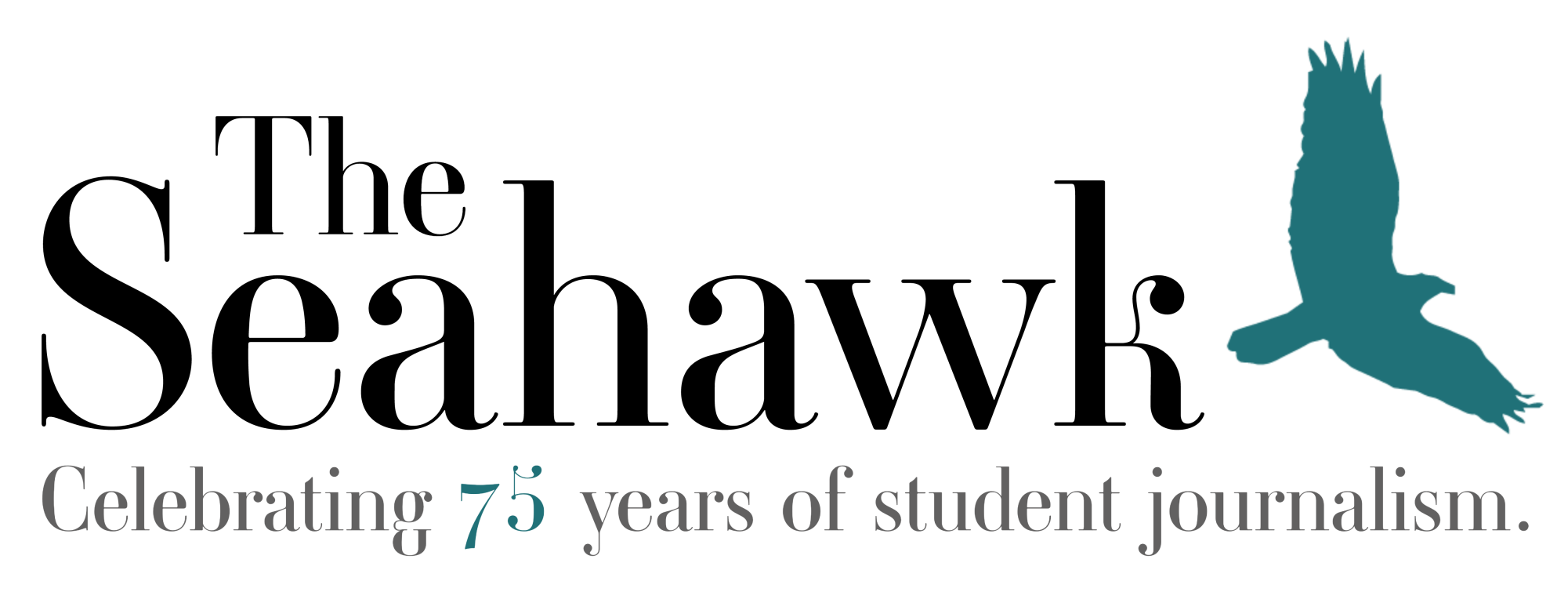‘I’m Proud to be a Surfer’
Decades before my time, when surfing was first born, the sport was labeled with stereotypes that still haunt the large number of wave hungry surfers around the globe. Contrary to the derogatory “beach bum” or “pothead” label branded by conventional society, there are some surfers out there who do give a damn.
This past August, I was chosen to be a part of a life-altering voyage aboard an 80-foot wooden vessel. My two weeks squandering the Mentawais Islands, roughly 100 miles off West Sumatra, were accompanied by 10 students from around the country, two of surfing’s most decorated journalists, two beautiful, devout Islamic ambassadors and a crew of diligent, black haired Indonesians. In between sessions in the bluest, warmest ocean in the world, we were taught Surf Journalism 101 with Matt and Sam George from Surfer Magazine. These two legends in surf journalism taught us the mechanics and creativity behind writing successful articles, all while rolling up and down from the swells and provided with a backdrop of indescribable sunsets and countless 100-foot palm trees. I had fundraised, worked multiple jobs, and took every means of raising money to be sitting in the best classroom on the planet; however, at the heart of my trip, the realization that was to come and define me not only as a surfer, but as a human, was right around the corner.
There were three main aspects of my trip; surfing, writing and aid work. The first two activities started on the first day, but the latter would not begin until we reached the last few islands of the archipelago.
Before the sun had risen, mounting the top step in our cabin and ringing a triangle, Matt woke us from our slumber and told us, “Aid waits for no man.” We all joined at the top deck and began filling our packs with school supplies and vitamins. Everyone loaded in the dingy and headed to land for the first time in a week.
At first sight of the village, I thought for sure my eyes were playing tricks on me. How did Matt even know these people were here? There was no map, no clear trail through the jungle, no sign that said “fully self-sufficient community this way,” nothing at all.
Babies cried; children starred in confusion and village leaders stood proud. For the majority of these people, this was the first time they had ever seen a white person. We were far more stunned than they were. My eyes bared witness to the likes of which I could never imagine. There were thatch-roofed homes with dirt floors and nowhere to sit, eat or sleep. No source of clean water for miles. Wheelbarrows for the immobile, malaria-infected villagers.
We lined up the children and handed them packets of school supplies, while Matt joined the midwife to provide umbilical clamps, any immediate medical work and vitamins. After my pack was empty, it was all I could do to stand and watch as my crewmates kicked soccer balls with the now laughing, smiling and rambunctious students of the village.
We were not their saviors, but we were certainly their friends.
Riding back to the boat, I asked myself, “Could I change society’s depiction of surfers and their lifestyle?” Certainly not. But close your eyes and think about this for a few seconds. These islands and villages were oblivious to our presence until we dropped in to lend a helping hand. My point is, the first white people, or foreigners in general, that these native Indonesians had ever seen, were none other than surfers. Surfers whose mentality proves there is more to the Zen of the sport than getting tubed or being a “beach bum.”

